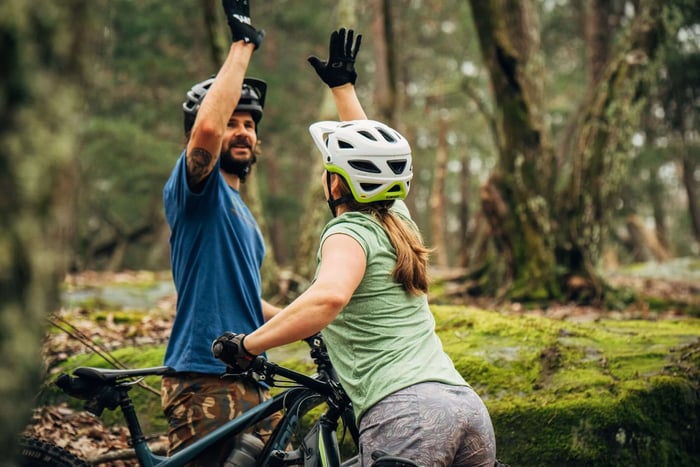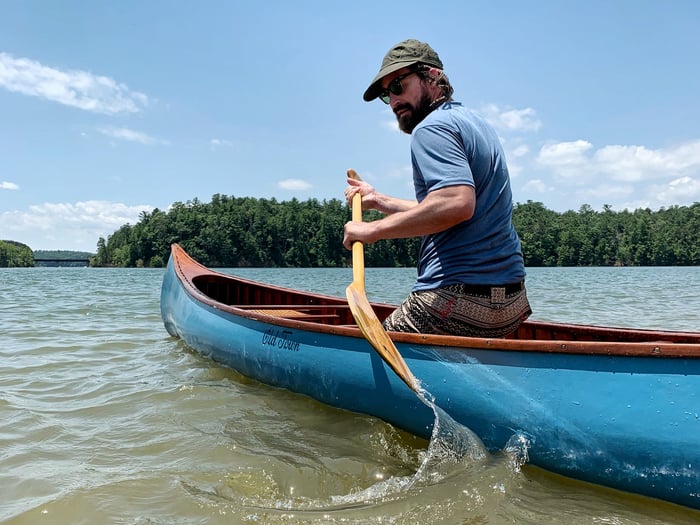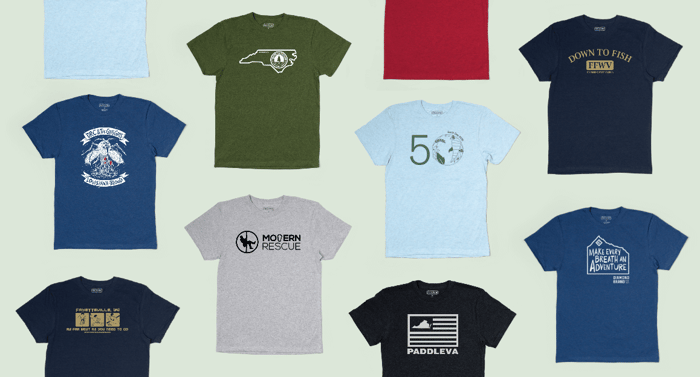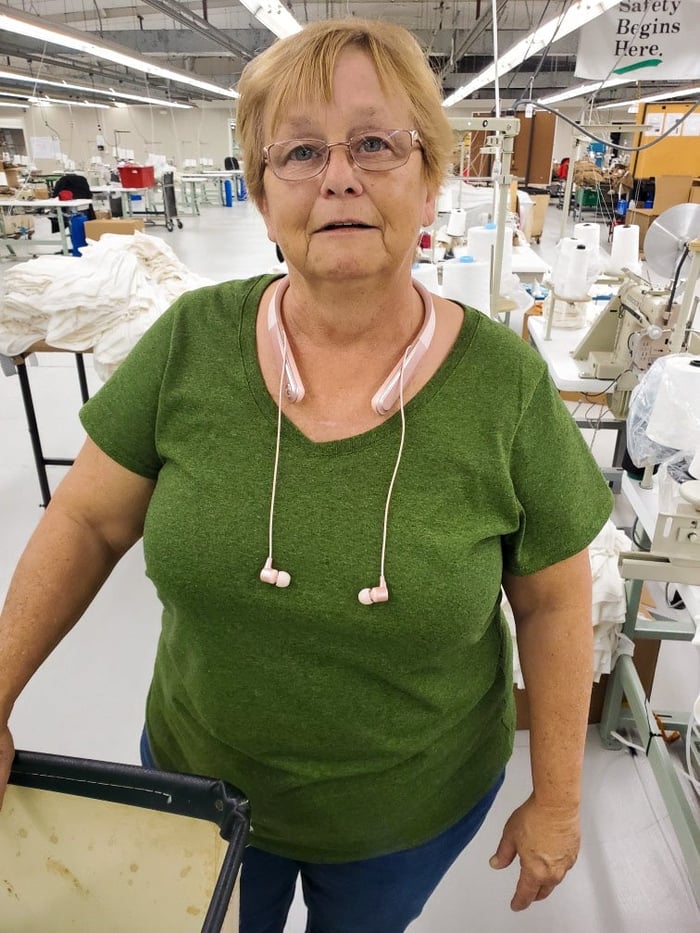Summer is here. And summer means it’s the perfect time to get into cycling- whether it’s your first time or you're a seasoned pro, the time is now to get on your bike and ride. This summer, cycling is more relevant than ever and so is the stoke for getting out.
First, let’s take a look back at the history of the bike- because it’s both hilarious and humbling. The mother contraption of the modern bicycle was built by German Karl von Drais in 1817. Weighing about 50 lbs, the wooden frame with wheels known as the “hobby horse,” “running machine,” or “velocipede” didn’t have pedals, brakes, or a chain.

Photo Credit: The History Channel, Herz/Getty Images
Pushed along and stopped using your own leg power, the velocipede paved the way for the first machines to be called bicycles, which were also known as “bone-shakers.” These bicycles were developed in the 1860s, when several French inventors including Pierre Lallement, Pierre Michaux, and Ernest Michaux created prototypes in which pedals were attached to the front wheel. Other inventors soon introduced new models that boasted an oversized front wheel. What looks straight out of the circus in present-day, these named “penny-farthings,” “ordinaries,” and “high-wheeler bikes,” were hot ticket items during the 1870s and 1880s, and were the foundations to the rise of the first bicycle clubs and competitive races.

In 1884, an Englishman named Thomas Stevens rode across North America on a high-wheeler bike, all the way from San Francisco to Boston in 80.5 days (not including 20 stop days due to weather). He next took off to be the first person to ride a high-wheeler around the world. (Check out his route here, and keep in mind the 1880s road infrastructure (or lack thereof) and- shall we say, the opposite of full suspension!). If any challenges come up in our minds about cycling, it’s fun to look back at what was possible- suddenly, a ride to the grocery store doesn’t seem so daunting.
The design of the present day bicycle was developed in 1885 by John Kemp Starley and (appropriately in comparison to the former models) was called “the safety bicycle,” with its signature equal-sized wheels and a chain drive.

With the invention of the safety bicycle, biking took off in the finale of the 19th century, the draw perhaps best described in the words of an 1896 New York Times article exclaiming, “the bicycle promises a splendid extension of personal power and freedom, scarcely inferior to what wings would give.”
Flash forward to today, when, in current circumstances, a return to biking for healthy, open-air, personal transportation and opportunities for increased mental and physical health and fitness are in fact “scarcely inferior to what wings could give”.

Now is the perfect time to incorporate cycling into our lives. Whether it’s something you’ve always wanted to do or something that’s just getting on your radar, biking is the perfect way to get to the grocery store, get outside, pick up take-out, or go meet up for an outdoor picnic with friends.

To us, biking is a part of every day that we look forward to and it’s also in the roots of Recover’s origins. Recover’s beginnings started brewing in 2009, when 23-year old Bill and 50-year-old family friend and veteran textile manufacturer, John Riddle, reconnected when Bill was looking to buy a road bike and John had one to sell. The two began riding together, brainstorming the possibilities of making apparel out of recycled plastic bottles and upcycled cotton. While spinning wheels, the idea for Recover was born with the mission to create the most environmentally-friendly and socially-responsible products possible.
In many ways, cycling is also a way to “save the world”. Reduction of carbon emissions is huge and countries like Denmark are ones to look to for bike commute culture and infrastructure. One study found that if everyone in the European Union “biked like the Danes,” the EU would cut their carbon emissions by 25%.
If you don’t own a bike, many towns and cities have recycled bike shops, some also have opportunities for you to make your own bike with recycled parts. Here in Charlotte, the Re-Cyclery is a used bike and gear shop that also does bike maintenance and repairs; you can buy an awesome, affordable bike there or donate a bike and they’ll donate it to an underserved youth in one of the Trips For Kids programs or fix it up, sell it, and donate all proceeds to Trips For Kids.
Trips For Kids provides transformative and empowering cycling programs for underserved youth in Charlotte, NC. In their Earn-A-Bike program, “youth complete a course on safety, bicycle operation and hands-on maintenance. At the end of the program they take home a bike, lock, set of lights, a helmet, and the knowledge to ride with confidence.” The Trips for Kids Ride program engages underserved youth with nature and mountain biking, teaching “respect, riding as a group, and overcoming obstacles by pedaling forward.” Recover is a proud partner and supporter of this program that gets kids of all backgrounds outdoors and on bikes with the skills to be self-sufficient and use what they learn in biking to propel forward.
In addition to the Re-Cyclery, The Hub in Brevard is another one of our favorite bike shops. For high end mountain bikes, Pisgah trails, and good beer, the hub is a must-stop for riders in North Carolina.
No matter what you’re looking for, riding a bike- whether to the grocery store or up your backyard trail- creates that feeling of being energized instead of stressed, and the benefits of getting fresh air instead of being cooped up. Once you start, biking easily coasts into your everyday routine. All you have to do is get in the saddle, be grateful they’re a lot more comfortable than they used to be- and ride.








